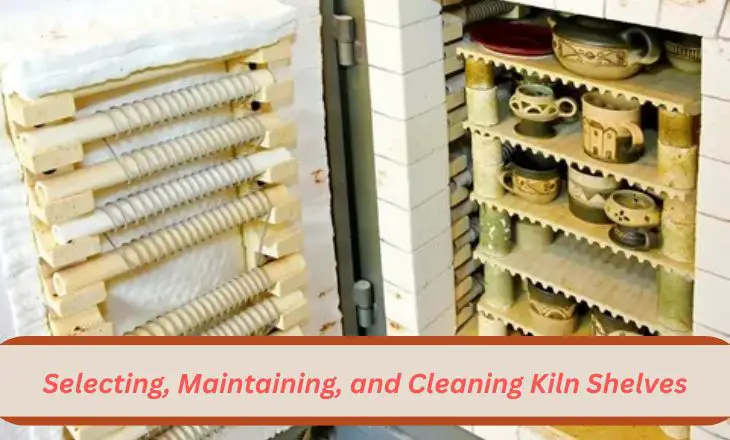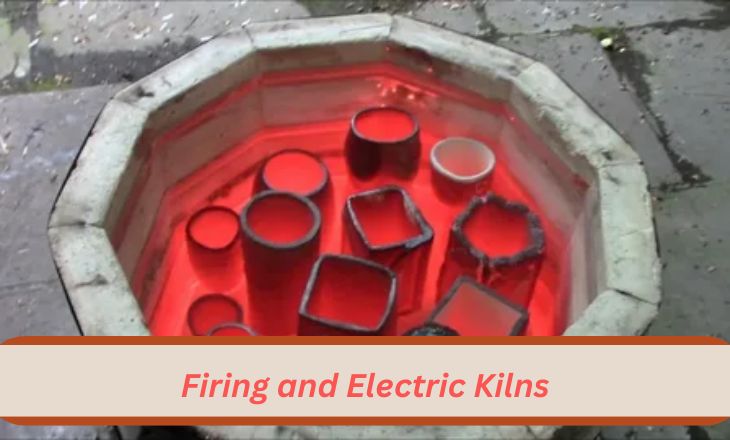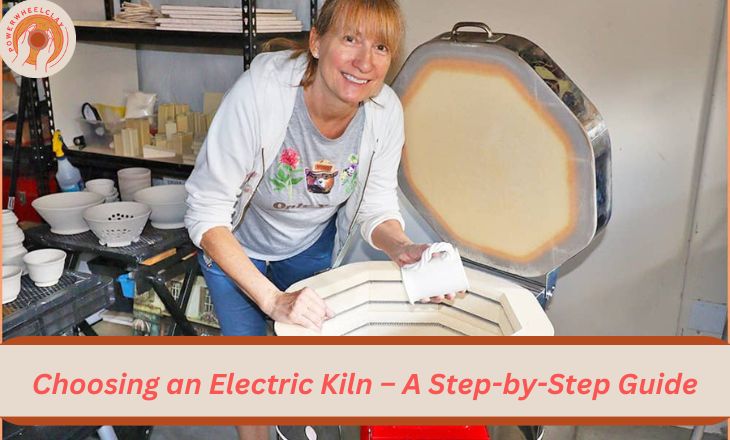Kiln Sitters: Overview, Components & Calibration
In the world of ceramics, where fire meets artistry, precision is paramount. Enter the kiln sitter—an unsung hero of pottery that ensures your creations emerge from the depths of heat with perfection. Imagine a device that not only monitors but also controls the firing process, preventing overfiring and underfiring while you focus on your artistic vision.
In this article, we’ll delve into the components of kiln sitters, exploring how they function to maintain ideal temperatures during firing cycles. We will also discuss calibration techniques to ensure accuracy and reliability, empowering artists to produce stunning works without the stress of guesswork.
What Is A Kiln Sitter?
The kiln sitter is a critical component in the ceramic firing process. This device has a control box that helps maintain the desired temperature inside the kiln. The kiln sitter also has an automatic shutdown mechanism, which is triggered when a specific cone or bar placed inside it bends due to reaching a certain temperature, signaling that the firing process is complete.

This feature ensures consistent and accurate firings, making it an essential tool for ceramic artists and craftsmen who rely on precise temperature control for their work. The convenience of using a kiln sitter cannot be overstated, as it allows artists to focus on their creative process without constantly monitoring the kiln during firing.
Advantages Of Using A Kiln Sitter
One of the key advantages of using a kiln sitter, especially models like the Dawson kiln sitter LT-3, is its ability to help prevent overfiring in pottery and ceramic projects. This feature acts as a fail-safe mechanism by shutting off the kiln when the desired temperature is reached, ensuring that your pieces do not get overheated or damaged during firing.
By providing this additional layer of protection, kiln sitters give artists peace of mind and confidence in their firing process. Another benefit of utilizing a kiln sitter is the convenience and time-saving aspect it offers. With this device in place, artists can set their desired firing schedule and walk away without constantly monitoring the kiln.
This allows for more efficient use of time and energy, as well as reducing the risk of human error in manually controlling the firing process.
How To Use A Kiln Sitter
From understanding the different components of a kiln sitter to troubleshooting common issues, this article covers everything you need to know to create beautiful and successful firings. With step-by-step guidance and helpful tips, How to Use a Kiln Sitter is the perfect companion for anyone looking to master the art of firing ceramics with precision and confidence.
Preparation
While using a kiln sitter, check that the kiln and its surroundings are clean and free of dirt. Analyze the kiln sitter component or if you are using a Dawson kiln sitter then check the Dawson kiln sitter parts for wear or any damage. As you prepare to load and fire, be certain that you have all the required equipment and supplies on hand.
Loading the Kiln
Arrange the ceramic pieces on the kiln shelves so that they are properly heated. To prevent damage or inconsistent fire, follow the kiln’s suggested arranging rules attentively. Load the kiln responsibly, paying attention not to pack it too full, as this could block ventilation.
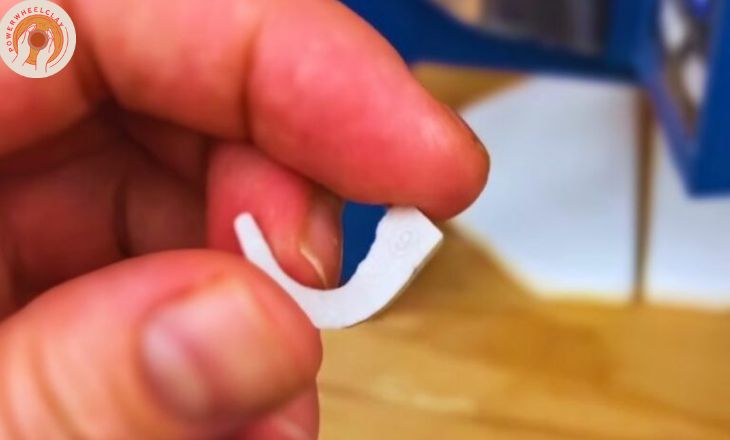
Setting The Kiln Sitter
The components of the kiln sitter include a control box, a trigger mechanism, and a sensing rod. Use a little cone that has the right temperature rating for your clay and glazes to load the sensor rod. Place the sensing rod so that it makes contact with the ceramic piece that is nearest to the center of the kiln.
Make sure the trigger mechanism is correctly adjusted to activate at the specified temperature by considering the manufacturer’s instructions.
Firing
As directed by the instruction manual, turn on the kiln and slowly raise the temperature to reach the required firing range. During the firing process, keep an eye on the kiln’s temperature and make adjustments when necessary to keep the temperature profile consistent. It’s important to have proper ventilation to stop dangerous gases from building up.
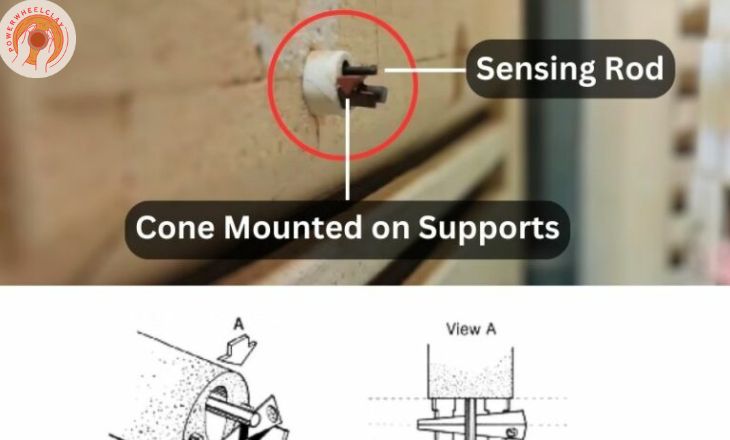
Monitoring the Fire
Throughout the firing process, pay special attention to the temperature of firing in the kiln and the kiln sitter. Regularly monitor the fire’s progress, especially until it gets closer to the desired temperature. To guarantee a consistent, controlled firing, be ready to change the kiln’s settings whenever needed.
Post-Firing
Gently take the ceramic pieces from the kiln once the firing is finished and the temperature has reduced to a safe level. Check them for indications of damage or flaws. If necessary, clean the kiln and kiln sitter equipment to remove any waste or dirt that exists from the firing process.
Troubleshooting & Calibration
If your killin does not work properly, you have to replace the worn parts, like the sensor or sensing rod inside it. Mostly, our kiln sitter needs more attention If it shuts down soon or runs too late, it happens in this case If you have bought a used kiln.
Check the parts for any signs of wear and tear. Find the parts that are not properly working, and you can easily find the replacement parts on the internet.
Calibration
When the kiln sitter turns off, your witness cone should be pointed downward if you are firing at cone 7. If not, you’ll need to adjust it if it’s shutting off at the incorrect time. Calibration may be required if the sitter cone is bent at an angle other than 90 degrees.
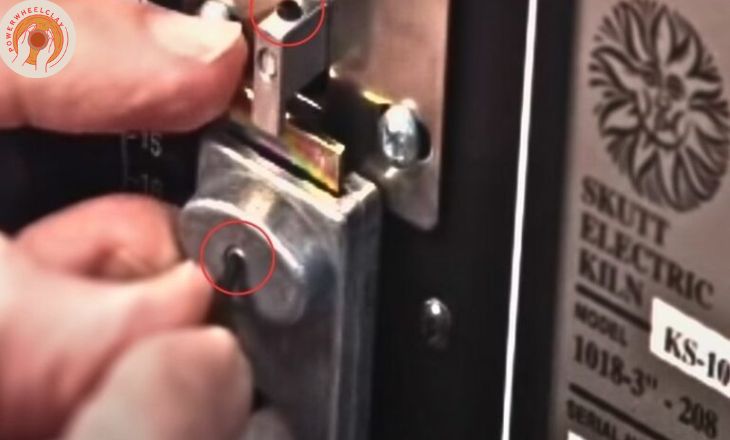
Calibration doesn’t require many tools. Before starting, mark the baseline position with a pencil. Then follow the given steps for calibration.
- To keep the sensing rod in place, attach a firing gauge to the tube assembly’s end.
- Confirm that the claw holds the trigger plate. If not, tighten the trigger plate’s screws until the claw grasps it.
- Make sure there is enough drop in the kiln’s sensing arm for it to shut off. Recalibration is required if it must move too much. Recall that the arm should only bend the cone to a maximum of 90 degrees.
- If there is an uneven up-and-down movement of the claw arm, adjust the guide plate.
Setting Up And Safety Procedures
Follow every safety guide provided in the user manual of the kiln and also the extra safety directions given by the manufacturer when constructing the kiln sitter. The kiln needs to be placed far from flammable objects in an area with good ventilation. When you load, fire, and unload the kiln, pay attention to any burns or other injuries.
Learn about the emergency shutdown procedures so that you are prepared for any problems or disasters.
Conclusion
kiln sitters serve as essential tools for potters and ceramic artists, ensuring that firing processes are monitored effectively to prevent over-firing or under-firing. Understanding the various components of a kiln sitter, such as the cone and the control mechanism, can significantly enhance one’s ability to achieve consistent results in ceramic work.
Proper calibration is crucial for accurate performance, as even slight misalignments can lead to significant discrepancies in the firing process. As you explore the world of ceramics, take the time to familiarize yourself with these systems to optimize your kiln usage. Embrace the potential of kiln sitters in your artistic journey and elevate your craft today.
FAQ’s
What Is Dawson Kiln Sitter?
The Dawson Kiln Sitter is a device used in pottery and ceramics to automatically monitor and control the firing process of kilns. It serves as a reliable tool for potters and ceramic artists, ensuring that their pieces are fired at the correct temperature for optimal results.
What are the Parts of a Kiln Sitter?
Important Parts of kiln sitters include the tube assembly, cone supports and the sensing rod, start. Kiln sitters are also available either with or without a timer.
What is the Limit Timer on a Kiln Sitter?
The limit timer on a kiln sitter is an essential safety feature designed to prevent over-firing by automatically shutting off the kiln after a predetermined period. This timer acts as a backup mechanism to ensure that even if the kiln’s temperature sensor fails or if there’s an unexpected issue, the kiln will not continue to run indefinitely.


